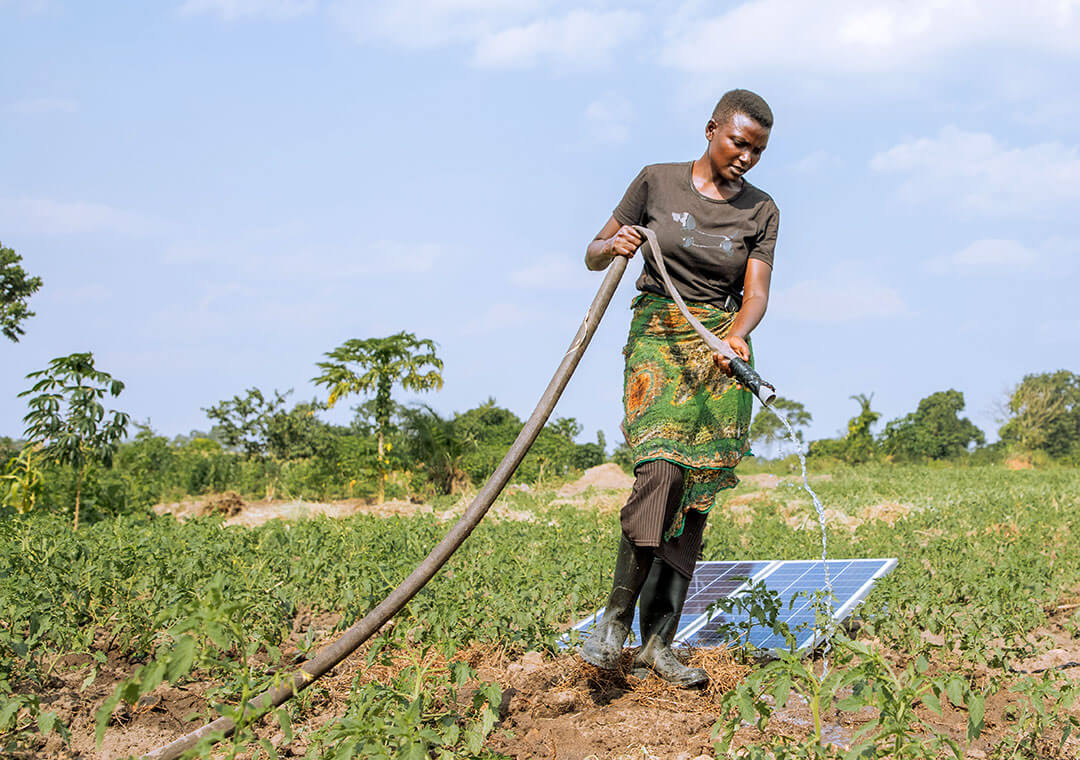In Sierra Leone, where only 17% of people have reliable grid access, solar companies are quietly reshaping daily life. From $20 lanterns that light children’s homework to fully powered home systems with TVs and refrigerators, these entrepreneurs are transforming utility access without relying on diesel, kerosene, or unstable grids.
But this isn’t just a local trend; it mirrors a pan-African shift where renewable energy is becoming synonymous with resilience, job creation, and economic sovereignty.
Solar’s Rising Footprint Across Africa
- 600 million Africans live without modern electricity, but solar is emerging as the fastest-growing power source in underserved regions.
- Sierra Leone recently launched a €34 million solar mini-grid project (SOGREA) to serve 60 communities, benefitting 25,000 households and 2,800 businesses.
- The Baoma Solar PV plant (25 MW), the first grid-connected solar farm in the country, plus the hybrid Baomahun plant with battery storage, underscore a move toward national energy diversification.
 (Photo: Courtesy of The Innovation Village)
(Photo: Courtesy of The Innovation Village)
Why Solar Growth Matters Now?
1. Boosts local economies & creates jobs
The off-grid solar industry could generate 2.5 million jobs across Africa by 2030, spanning installation, maintenance, manufacturing, and R&D.
In East Africa, initiatives like IMED’s DREEM program trained over 1,500 technicians and launched hundreds of solar enterprises, showing green growth can help youth earn $100+ per month.
2. Connects rural communities to power
Kenya, Nigeria, Mali, and Sierra Leone projects show how solar electrification lifts incomes, supports women’s empowerment, enhances safety, and improves education.
3. Cuts energy import bills & emissions
Africa has 60% of the world’s prime solar potential, yet only ~1% of installed solar capacity. As solar becomes the continent's cheapest energy source, it can help replace diesel and cut CO₂ emissions.
4. Improves resilience and sovereignty
Decentralized solar reduces reliance on grid infrastructure and foreign fuel imports, enhancing energy autonomy.
What Could Africa Do Next?
-
Strengthen policy & financing ecosystems
- Offer local currency credit and loan guarantees for large solar farms.
- Support microloans and pay-as-you-go financing for rural entrepreneurs.
-
Invest in local capacity and vocational training
- Scale up green energy training programs like DREEM, targeting young women and rural zones.
-
Design integrated rural electrification strategies
- Pair mini-grids with water pumps, cold storage, and digital services for broader impact.
-
Foster private-public collaboration
- Scale replicable ventures like Baoma and Malindi via PPPs and ensure technology transfer.
-
Track environmental and economic outcomes
- Report on CO₂ avoided, income gains, job creation, and health improvements, making solar projects investment-grade.
This is more than a green energy story; it’s a blueprint for 21st-century nation-building. When Sierra Leone and its neighbors harness solar power to seed businesses, protect futures, and reduce dependency, they’re reclaiming control over their development path.
Solar entrepreneurs like Sierra Leone’s lantern sellers or Mali’s village innovators are quietly scripting a new chapter in Africa's economic story. Their story is ours.
It’s time we scale not just projects, but momentum. Their success today lights the path for future progress in health, education, manufacturing, and even global competitiveness.